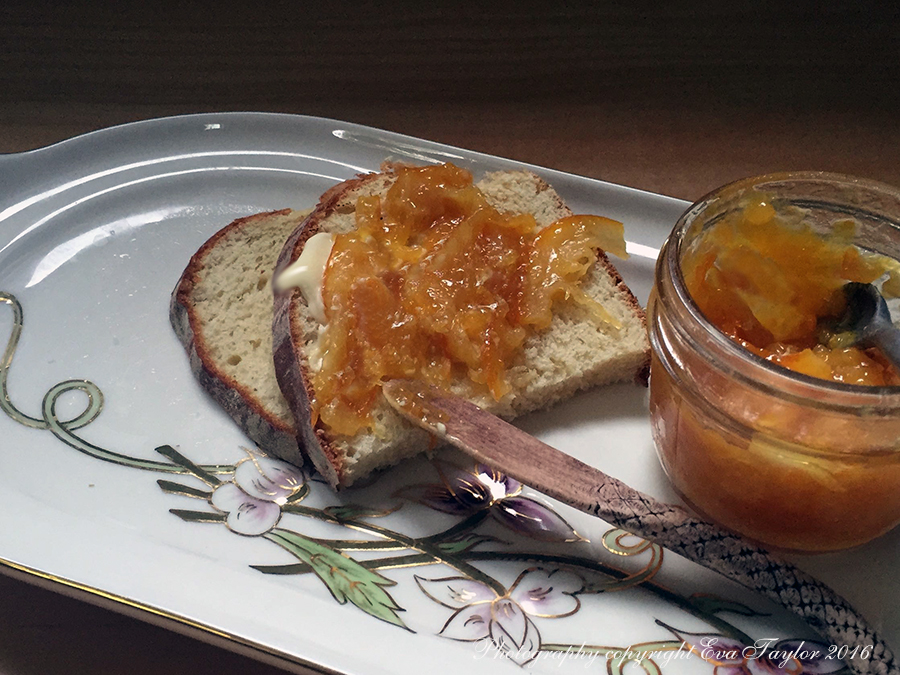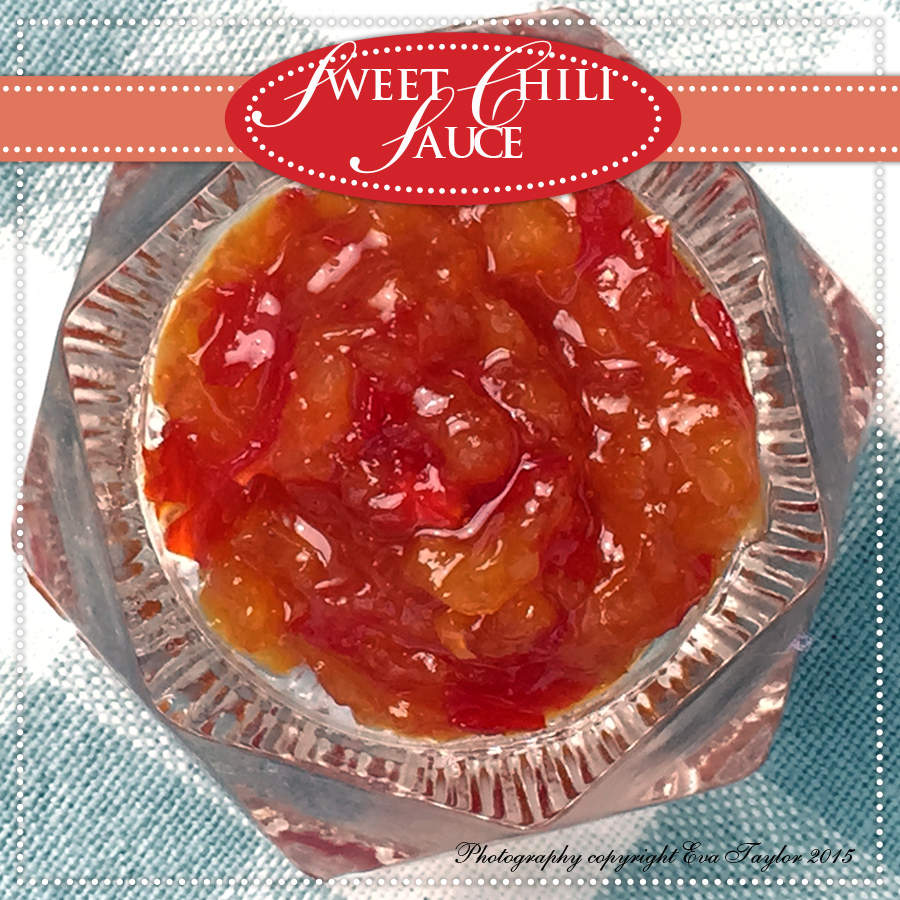
My parents emigrated to Canada from Hungary in 1956 during the Hungarian Revolution; the citizens revolted against the Russian takeover. After about 12 days of Revolution, the Russian army mounted and squashed Hungary once and for all. At 20 years old, my Mom left just prior to the Russian’s ending the revolution to escort her sister to Vienna but ended up continuing her journey on to Canada; she celebrated her 21st birthday alone in Halifax. My Dad was relatively active against the Russians and decided to leave to protect himself (my uncle and aunt were expecting their first child so they were not able to leave). My Dad’s family lost everything to the Russians (the Puppet theatre(Báb Szinház) in the Liget, their family home…E V E R Y T H I N G). My Mom’s family had already lost everything to the Germans during the WWII (they had a small store that sold coffee, flour etc.). The Russian hostility toward Hungary surprised the world and both my parents were able to immigrate to Canada as Refugees of War.
My parents did not know one another in Hungary so they made their way to the New World on their own. My Mom (13 years younger than Dad) talked about her journey but Dad sadly did not. I only know that Dad came through Gibraltar and an Ocean Liner. Mom also arrived by boat but I can’t remember how or where from. You know the movies that show people trying to escape oppression, desperately crawling on their bellies across vast lands under the cloak of darkness? That was my Mom’s story. She and her sister came across the farmlands of Hungary, all the way to the Austrian border near Vienna. The Austrians were very sympathetic to the plight of the Hungarians and they helped make their way to a better life.
I’m not sure either of the parents had a “plan” as such but I know my Mom already had some relatives in Canada (an Aunt and her husband, children and their spouses). My Mom’s sister’s husband had already arrived in Toronto and was instrumental in making arrangements for my Aunt to meet him there, sadly Mom was not in that equation due to the economic circumstances of my Aunt and Uncle so she had to find her own way to Toronto. Did you ever read Angela’s Ashes? I remember reading the bit about Angela only having enough money for one egg and it resonated with me…there were many times my dear Mom only had enough money for one egg during the first months in Canada. It’s difficult to understand that this happened only 59 years ago. Mom landed in Halifax and stayed for a few months. All Canadian immigrants were given $5 (around $45 today) upon arrival and were told to have a good life. Mom found a sympathetic Swiss woman who owned a beauty shop and she worked various odd jobs at her shop and rented a room in the woman’s home. Neither of my parents spoke a word of English, so they learned from listening to the radio.
My Dad found his way to Toronto and worked in restaurants to make a living, at first waiting tables and then later as a Maî·tre d’hô·tel (Maître-D) at a very prestigious hotel near the airport. Mom’s sister introduced Mom and Dad in 1957; they dated on and off and then lived together in 1958 (yes, that was very risqué back then!). My Mom was the hold-out, she didn’t want to marry a ‘pretty boy’ as she called him. It’s true, Dad was quite the looker and the ladies loved him. Dad taught Mom puppetry and they travelled together working on the Chrysler Canada Tour in the late 50’s. He finally wore her down and they married in 1960. They eventually settled in Toronto and began having a family.
I remember my dear Mom making most of our pantry items, just like her mother did and my Dad’s mother. Jam was always a treat and as I mentioned before, Mom’s strawberry jam was one of my favourites. I bought some peaches for a photoshoot and it turned out we didn’t need them so I decided to make peach butter out of it. Mom would bottle several mason jars of jam, but since it’s only JT and I, I only made a small amount. Now that we’ve already gone through the first jar, I wish I had made more.

A delicious, smooth peach butter or jam made without pectin.
Peach Butter
A KitchenInspirations Original Recipe
Makes 400 mL
Ingredients:
- 650 g peaches, I had about 6 peaches (measure with peel and stone)
- 100 mL water
- 160 g white sugar
- 30 mL lemon juice
Directions:
- Peel peaches and remove stone (see notes for tip on peeling). Cut into eighths and set into a heavy bottom pan. Add water and set over medium heat and cook until peaches are softened.
- Add sugar and lemon juice and purée with an immersion blender or run through your food mill.
- Return peach purée to pan and cook for 30-40 minutes until thickened, testing often with the freezer method.
- Once the butter has thickened, pour into mason jars and follow canning best practice instructions.
Notes:
- An easy way to peel peaches is to score the skin into quarters, pour boiling hot water over them to cover and allow to sit for a minute. Take a sharp knife and begin by sliding the knife between the skin and flesh and peel away. Repeat for all of the peaches.
- If you have a food mill, you need not peel the peaches (I have one but felt like peeling them anyway), the mill will capture all of the skin.
Read Full Post »
















 Deliciously light and dreamy.
Deliciously light and dreamy.


















































